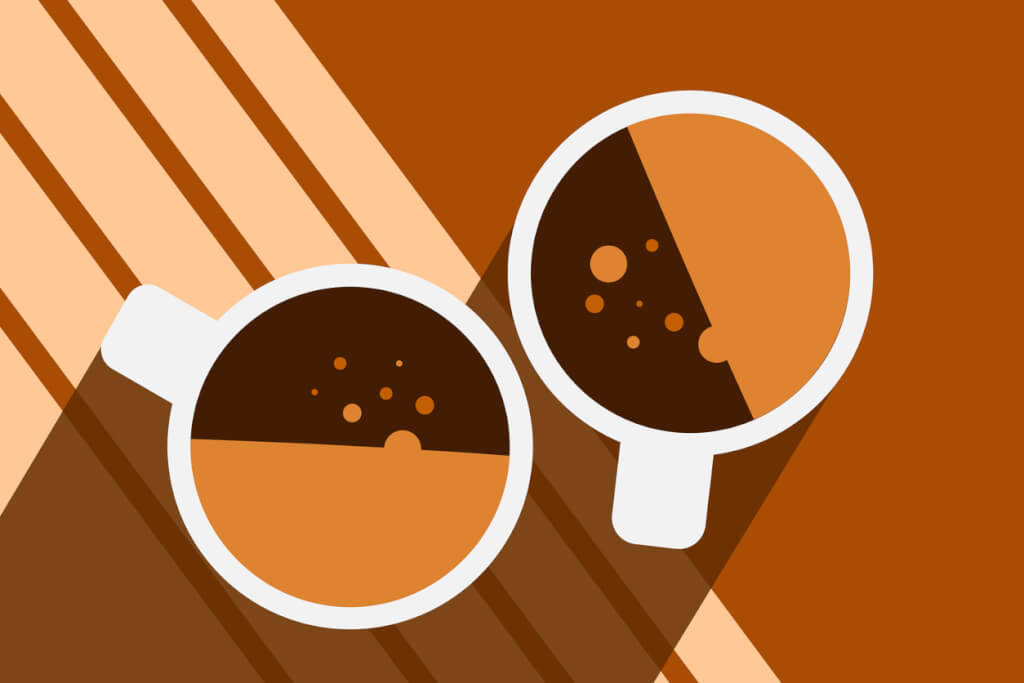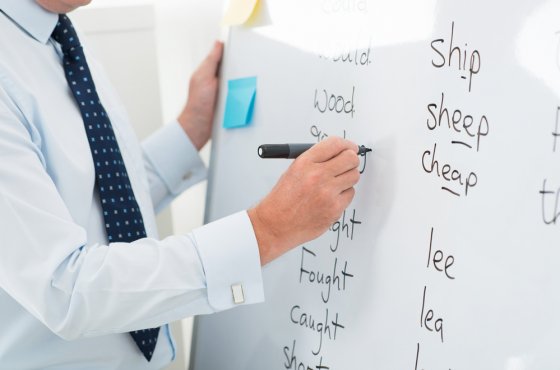Finished your coffee - eat a cup: a startup has figured out how to save the world from plastic
A trash can overflowing with disposable drink cups is an all-too-familiar sight outside of any coffee shop or fast food outlet. It was during a lunchtime stroll through Melbourne that colleagues Anio Rahebi and Katherine Hutchins passed by several of these establishments and decided to tackle the rubbish heaps. A few months later, they came up with a cup that you can eat. What came of it, said the publication Bloomberg.

Photo: IStock
After hundreds of hours in the kitchen refining their concept, colleagues brought it to market. Their startup Good-Edi now offers an edible, biodegradable, plastic-free alternative to the standard PE-lined paper cups used for coffee, which mostly end up in landfills or are incinerated.
The company raised about $2021 through a crowdfunding site in 98, and the baking team is currently producing about 000 cups a day for customers across Australia, including coffee shops, roasters and concert venues, at a facility in suburban Melbourne. This year, Good-Edi plans to increase production and expand sales internationally.
According to the United Nations Environment Programme, more than 250 billion plastic paper cups for beverages are used worldwide every year. Only about 1% of these cups are recycled. Good-Edi says nearly 2,7 million disposable cups end up in Australian landfills every day.
Good-Edi is suitable for both hot drinks such as coffee and tea and cold drinks. After about 250 recipe adjustments, the founders settled on a mixture of rye flour, wheat and oat bran, sugar, salt, coconut oil, and water. They say their container stays crunchy when holding hot liquid for about 40 minutes, and keeps a cold drink out for about eight hours.
“There is no manual for making an edible cup, so this was a big problem,” Hutchins said. During the testing phase, the manufacturers "had a lot of leaky cups."
On the subject: Sand batteries: scientists have found a cheap and environmentally friendly way to extract and store energy
For Hutchins and Raheby, who have 20 years of experience in the food and packaging industries, Good-Edi is still a side job. They are banking on shifting consumer sentiment and pressure on the beverage industry to offer more sustainable options, drive sales and offset the fact that their containers can increase the cost of a cup of coffee.
When a Bloomberg Businessweek reporter recently tasted a cup of Good-Edi, it tasted like unsweetened wheat cookies, leading her to wonder, "Will coffee drinkers eat the company's innovations if it doesn't feel like a treat?"
Hutchins says that while some people would prefer the cup to be sweeter, it depends on each person's taste.
“We intentionally didn’t make it sweet because we didn’t want to affect the flavor of the coffee,” Hutchins explained. Good-Edi also offers chocolate-covered cups and plans to introduce more options in a wider variety of flavors soon.
The startup's selling position is green-first, and Good-Edi says its offering is better for the environment than a plastic-lined paper cup, even if it's not eaten. The edible container can be composted at home, and if thrown in the trash, it will decompose within two to six weeks, the company says. One of her cups, made with locally sourced ingredients, produces 0,08 kg of carbon dioxide equivalent over its lifetime, a measurement used to compare different greenhouse gases. This is about 27% less than the 0,11 kg obtained from a standard paper cup imported from abroad, the company said based on its own analysis.
It is difficult to compare the environmental impact of products, and there can often be unintended consequences. For example, food ending up in landfills produces methane, a powerful greenhouse gas responsible for about 30% of the rise in global temperatures. Agriculture, fossil fuels and waste are the main sources of methane from human activities.
“Without a thorough life-cycle assessment that takes into account social, economic and a wide range of environmental factors from production to end-of-life, it is impossible to determine whether edible coffee cups are better than disposable paper cups,” said Rachel Meidl, a research fellow in Energy and Energy Sciences. of the Environment at Rice University's Baker Institute. “Sustainability is the balance between economics and the least energy and resource intensive pathways, as well as the best environmental and social outcomes throughout the life cycle and supply chain.”
These values are often at odds with the convenience that drives most of the food and beverage trends so important to the profits of big fast food brands. According to Ismail Sutaria, a consultant with Future Market Insights Inc., the use of plastic-lined paper cups for hot drinks will grow by more than 9% in three years, by which time consumption will reach 166 billion units per year.
You may be interested in: top New York news, stories of our immigrants and helpful tips about life in the Big Apple - read it all on ForumDaily New York
But big brands are realizing the growing pressure from consumers to make products with less of an impact on the planet. Last year, Starbucks Corp. stated that it intends to reduce the amount of waste by 50% by the end of this decade. It is moving away from single-use plastic and is testing reusable cup programs in six regional markets. McDonald's is also testing containers made from a mixture of post-consumer plastics and bio-based materials.
Good-Edi isn't the only startup making edible containers. A Latvian project offers several different flavors of edible cups, spoons made from oat fibers and cocoa husks, as well as pasta straws, while the Bulgarian company Cupffee began commercial production of its edible containers in 2018 for storing coffee or tea.
Edible cups offer a partial solution to the environmental impact of plastic-lined paper containers by reducing waste and providing a biodegradable alternative. However, their usability, scalability, cost-effectiveness, regulatory compliance, and consumer acceptance are important factors to consider.
Read also on ForumDaily:
What to do if you think your veterinarian has harmed or killed your pet
From idea to company: how to build a business in America in 9 steps
Subscriptions of which stores are worth spending money on, and which ones are better to avoid
His Invention Saved Millions of Lives, But You've Probably Never Heard The Man's Name
Subscribe to ForumDaily on Google NewsDo you want more important and interesting news about life in the USA and immigration to America? — support us donate! Also subscribe to our page Facebook. Select the “Priority in display” option and read us first. Also, don't forget to subscribe to our РєР ° РЅР ° Р »РІ Telegram and Instagram- there is a lot of interesting things there. And join thousands of readers ForumDaily New York — there you will find a lot of interesting and positive information about life in the metropolis.












